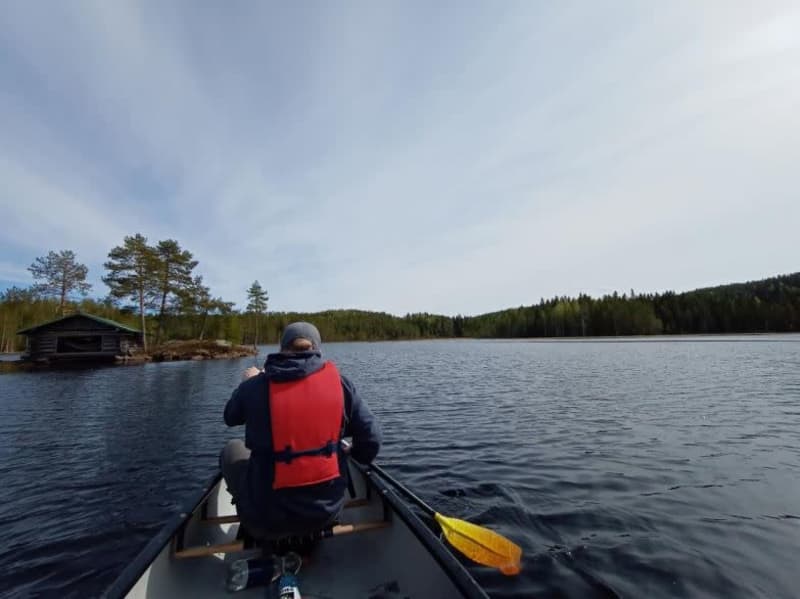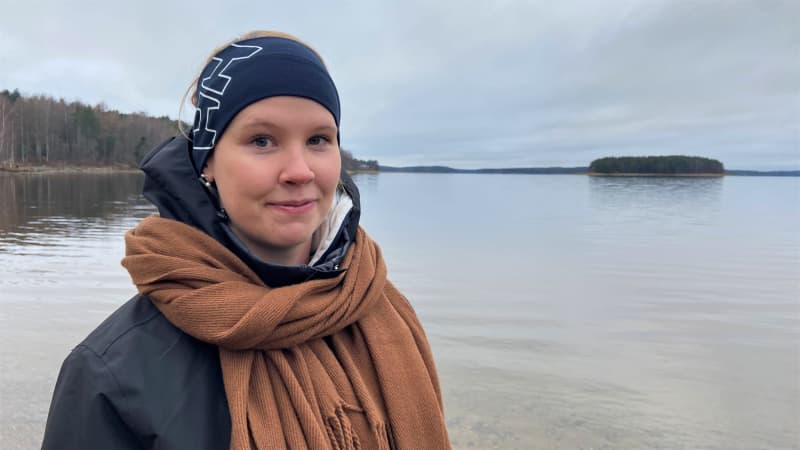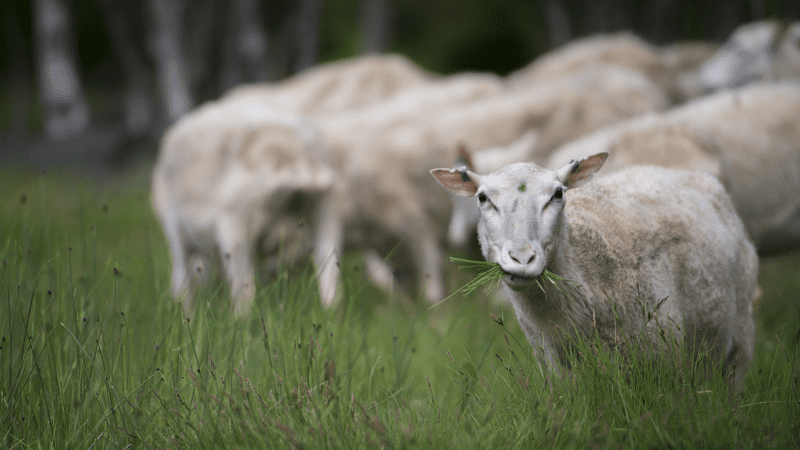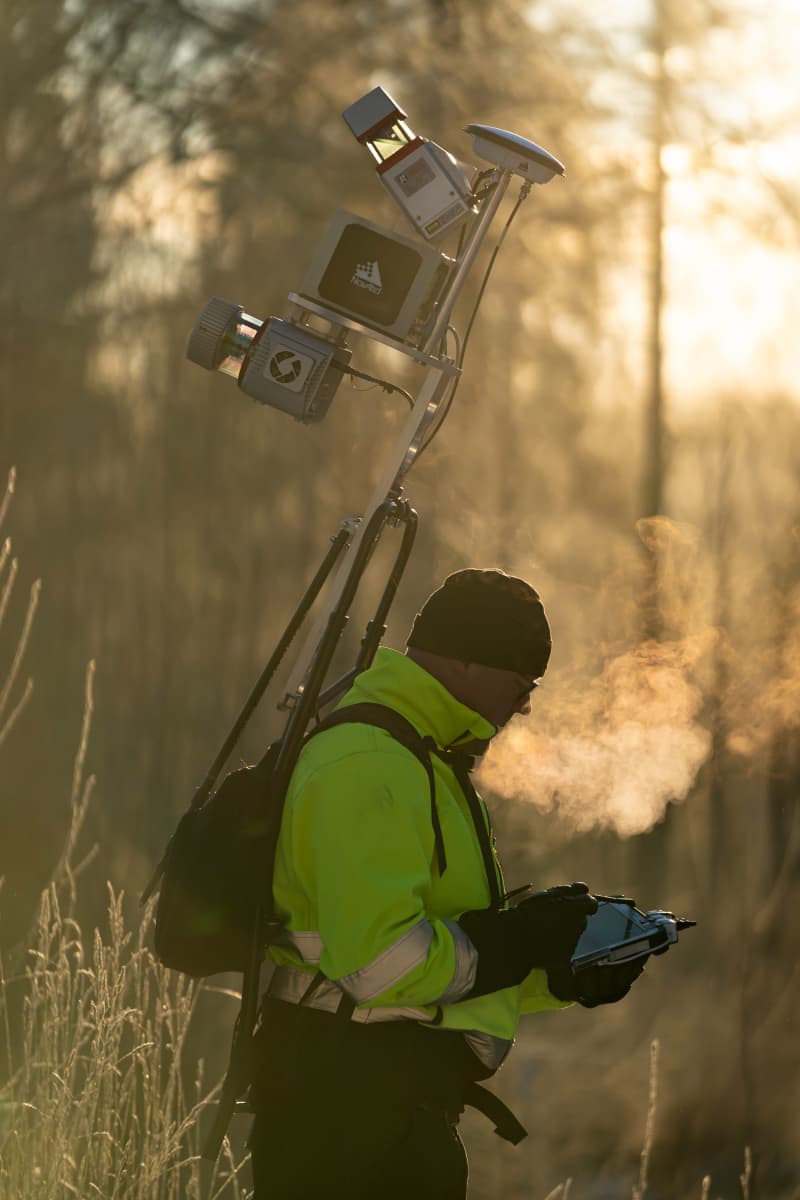Analysis: winter sports need a rescue package
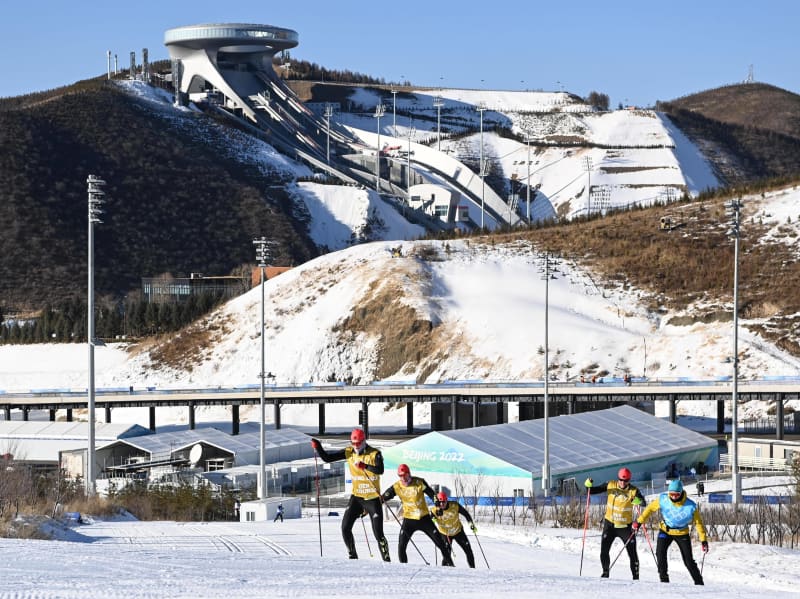
Sunday skiers and race organisers alike are struggling with the lack of snow. How can winter sports still be secured without making the problem worse?
*Kerttu Kotakorpi will be one of the expert speakers at the Aurora future event on Friday 18.11. in Levi. Aurora, organised by YLE, brings together experts to talk about solutions to the big issues of our time. This year’s themes are equality and climate. The debates will be broadcast live from 11am* on *Yle Areena**.*
This is familiar to the Finnish public who follow sport and weather, and is repeated all over the world. At the moment, preparations are underway in Levi – despite the limited natural snow.
This was not the first time that the Winter Olympics had been puzzled by the lack of snow. The subject was already familiar at Sochi 2014, among other events.
Yle sport found out where the winter games can be held in the future as the warming progresses. The survey showed that many familiar competition venues will become too mild already in the coming decades. About every third arena for the Winter Olympics will no longer be suitable as a competition venue in the middle of the century.
…
Analysis: winter sports need a rescue package Read More »


